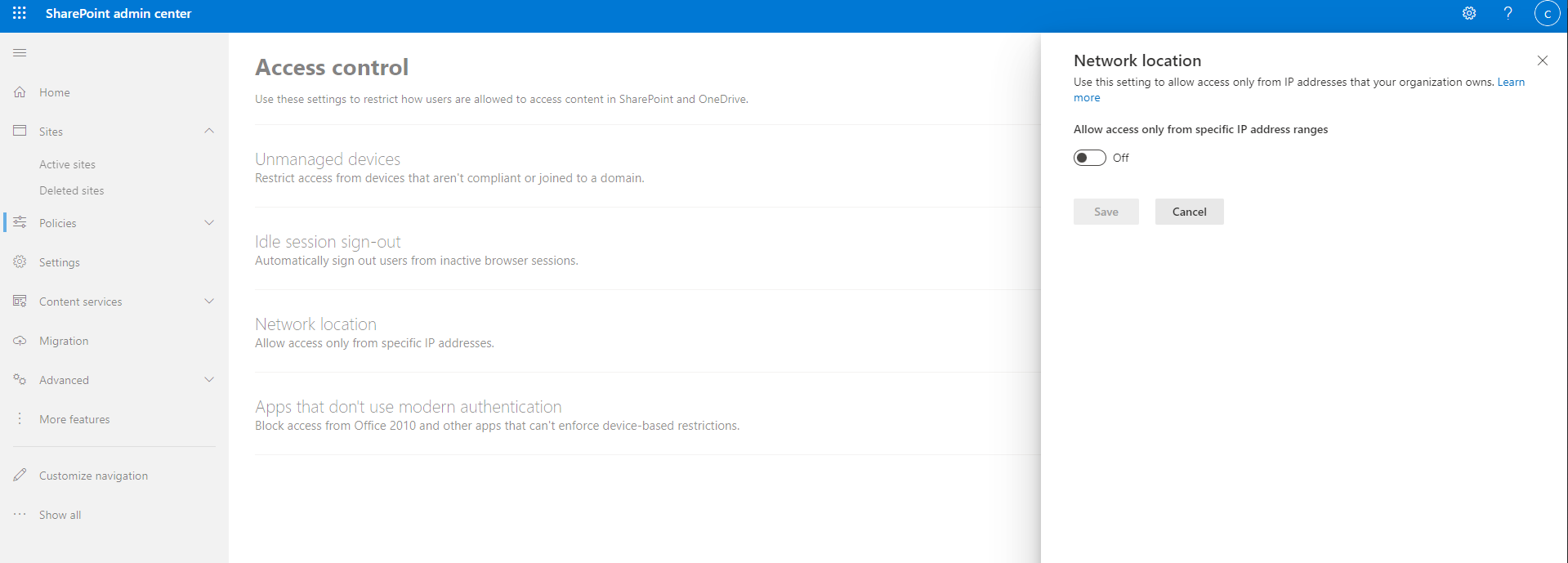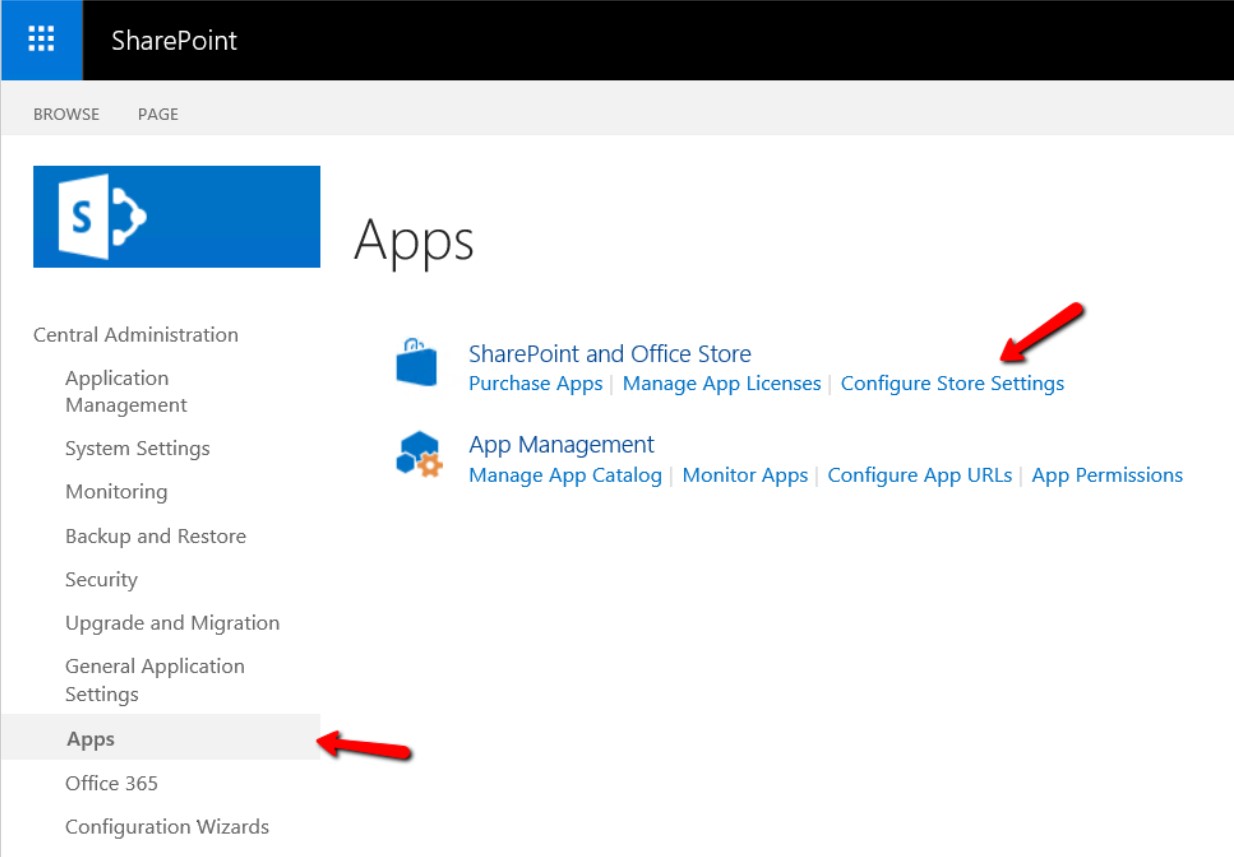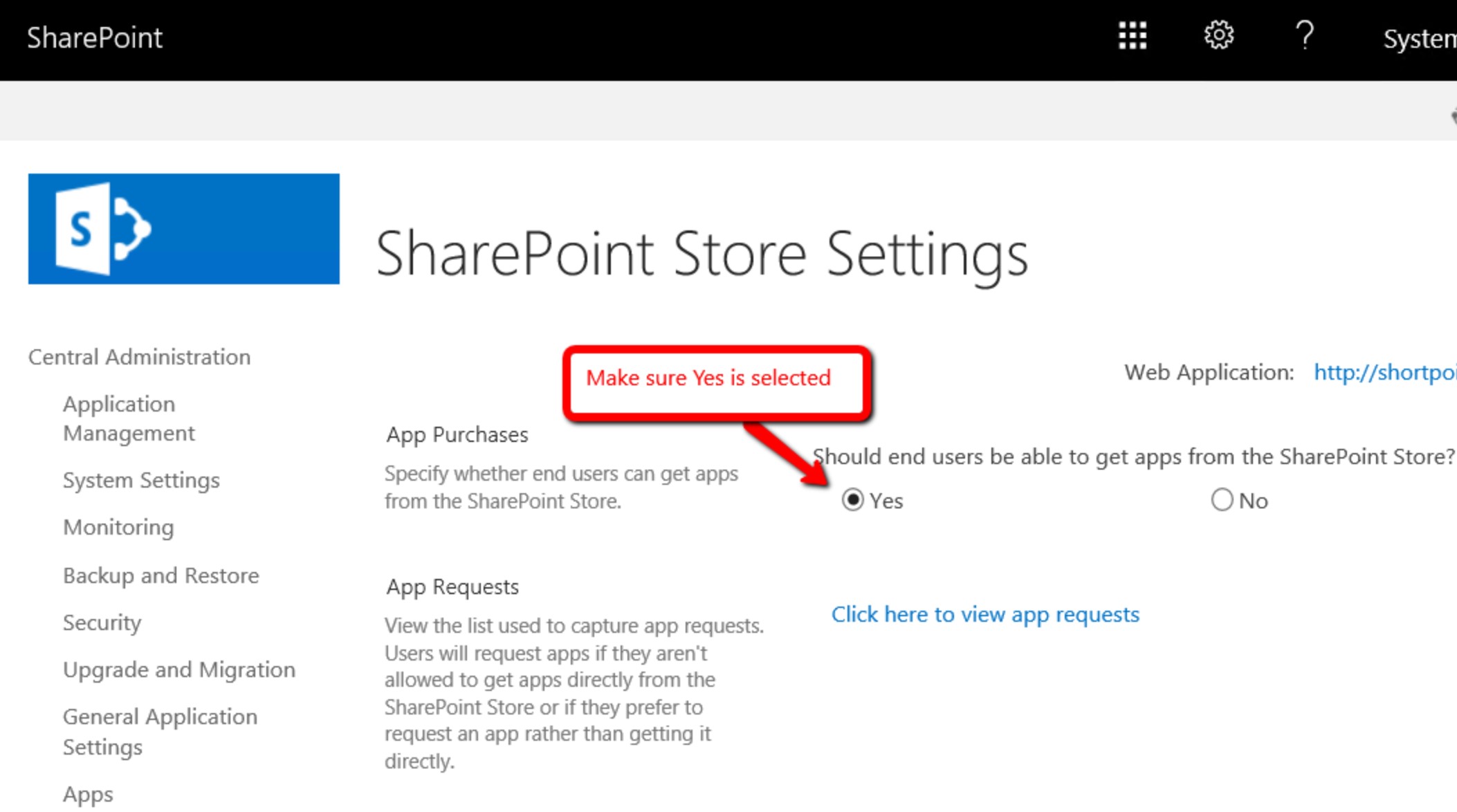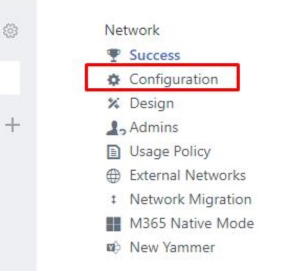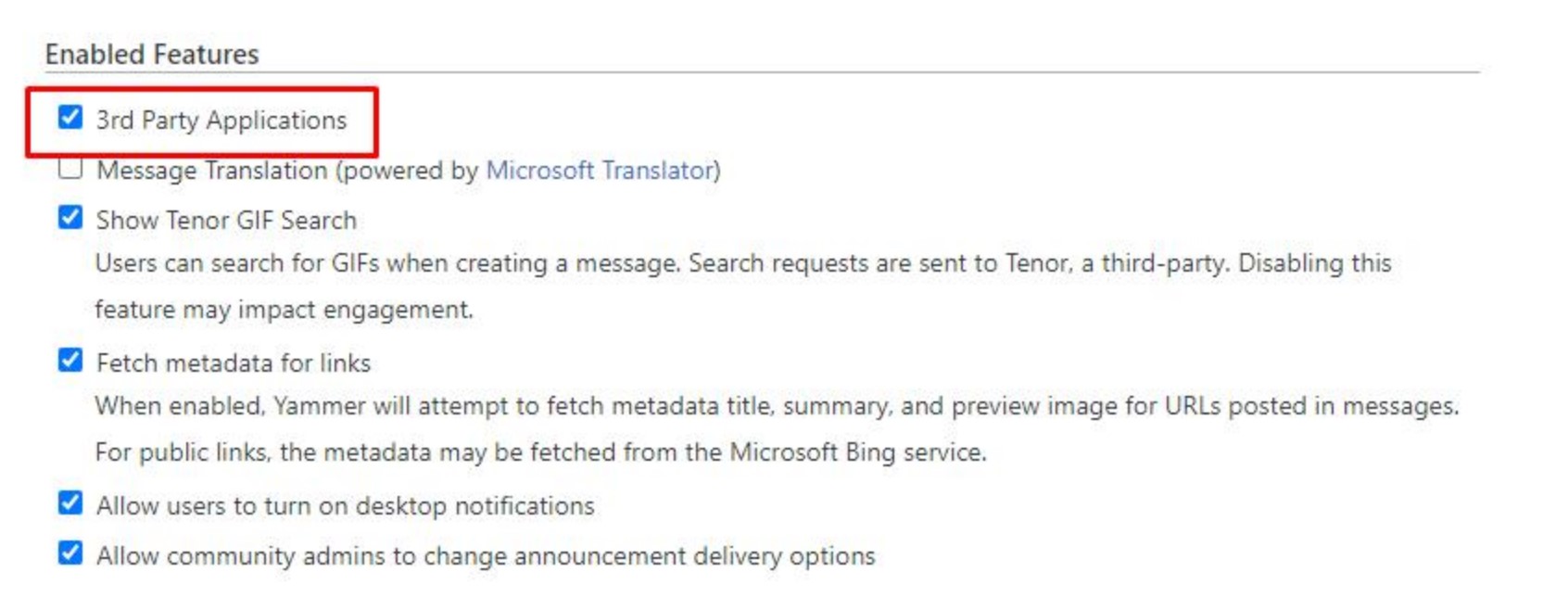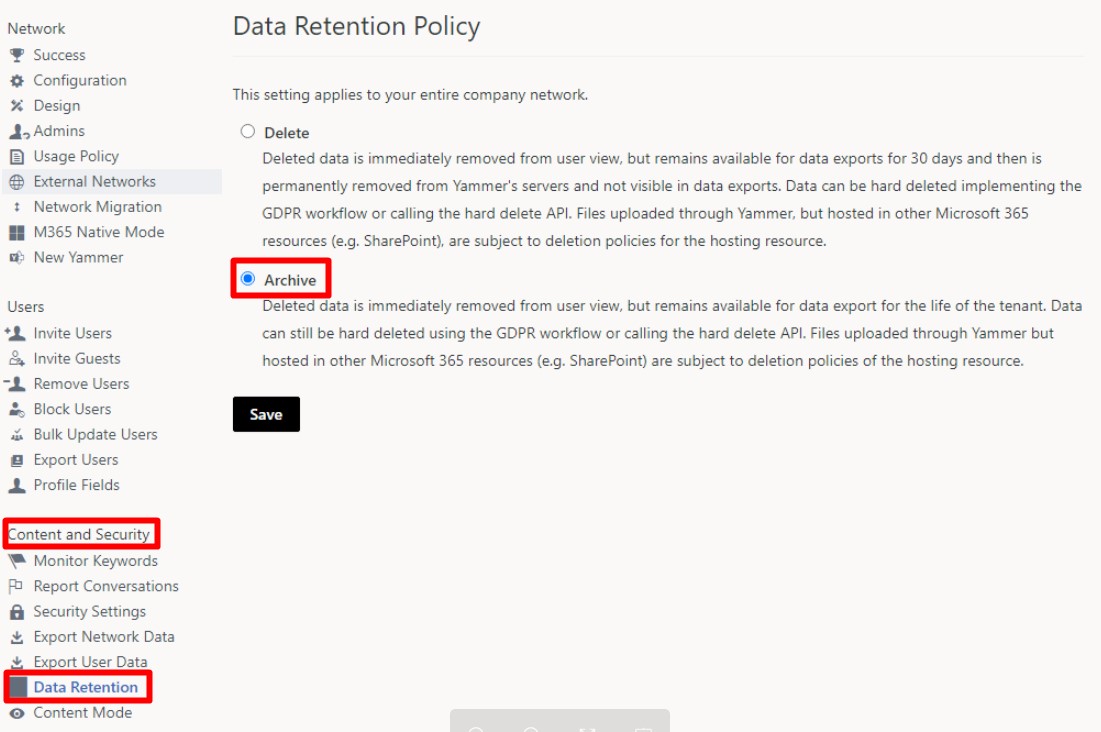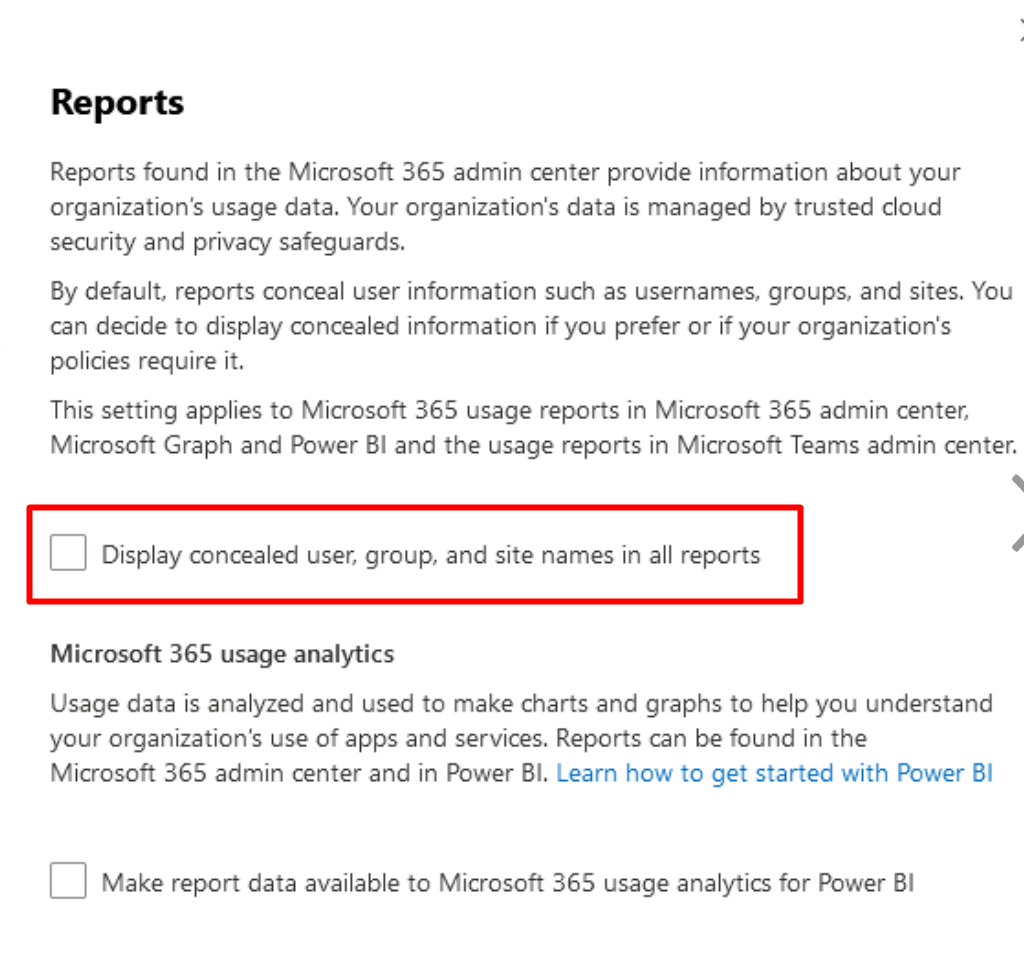Page History
...
Prerequisites for SharePoint Online
...
Prerequisites for installing the CardioLog Analytics SaaS Power BI Reports
At least one user account with a Power BI Pro or Power BI Premium Per User (PPU) license. We highly recommend Power BI Premium Per User (PPU) to benefit from increased Power BI resources, faster report loading and refresh times, and enhanced capabilities for monitoring Power BI capacity and resource usage.
Download the CardioLog Analytics App from the Microsoft Office App Store (installing the App requires tenant admin permissions).
Note: This user account will become the owner of the app workspace in Power BI and will be able to share it with others in the organization and collaborate on reports.
End users who just need to consume reports, do not need a Power BI pro accountBI Pro or a Power BI Premium Per User (PPU) license. You can export reports for them (to CSV, PDF, Excel) or embed the report within SharePoint (using the publish to web - creates a public link to the report).- Download the CardioLog Analytics SaaS Tracking Agent solution for SharePoint Online - CardioLog Analytics Integration.wsp
- Make sure any SharePoint preservation policies are temporarily turned off, while installing the CardioLog Analytics SaaS App, in order to approve the App:
Office 365 Admin > Security and Compliance > Data governance > Retention > Policies > set Status OffEnd users will login with their personal Microsoft 365 accounts to the Power BI web interface to access Power BI reports. There is no need to install Power BI for desktop.
Make sure that the user account has MFA disabled.
Make sure that the user account is able to create a new workspace in Power BI.
Power BI Admin Portal > Tenant settings > Workspace settings > enable the Create workspaces (new workspace experience) setting and apply it to your user account.The Power BI dataset size is limited based on your Power BI license. In case the limit is reached, upgrade your Power BI license plan.
The Power BI data processing resources are limited based on your Power BI license. In case resources are exceeded, upgrade your Power BI license plan.
The Power BI dataset is refreshed once a day. Only one dataset is allowed. In case multiple datasets and/or multiple refreshes per day are required, contact us to upgrade your subscription plan.
Support for custom made Power BI reports and measures, as well as integrations with additional data sources will require professional services.
Prerequisites for installing the CardioLog Analytics SaaS App from the Microsoft Store
- Access to the internet from all end users workstations, make sure that the following domains are not blocked by the browser: "azurewebsites.net" and "windows.net"
The URL of the SharePoint admin center of the SharePoint tenant you will be setting CardioLog Analytics on.
An account with Microsoft Office 365 Global Admin permissions is required in order to install the CardioLog Analytics SaaS App.
- Make sure that your tenant allows custom Apps authentication in order to install the CardioLog Analytics SaaS App and in order for CardioLog Analytics SaaS to securely communicate with the SharePoint API.
Note: In case your tenant has this option disabled and DisableCustomAppAuthentication is set to True (note that it is disabled by default for SharePoint Online tenants created on August 2020 or later), you can execute the following command in SharePoint Online Management Shell in order to enable it:
Info icon false Set-SPOTenant -DisableCustomAppAuthentication $false - Make sure control access based on specific network locations is turned off, in order to allow communications to CardioLog Analytcs Analytics SaaS.
Office 365 Admin > All Admin Centers > SharePoint Admin Center > Device access > Control access based on network location > Uncheck "Only allow access Policies > Access control > Network location > Turn off "Allow access only from specific IP address locationsranges".
Make sure custom scripts are turned on (changes in this setting take up to 24 hours to apply):
Office 365 Admin > Admin Centers > SharePoint Admin Center > Settings > Custom Script > Select Allow in both options - Verify an App Catalog is available in the SharePoint Online tenant:
- Sign in to Office 365 with your SharePoint Online tenant admin accountglobal admin account.
- Go to the SharePoint admin center.
to Office 365 Admin > All Admin Centers > SharePoint. - Select Apps from the Quick Launch bar on the left, and then select App Catalog
- If there is no app catalog site created yet, select Create a new app catalog site, and then select OK.
- On the Create App Catalog Site Collection page, enter the required information, and then select OK.
Prerequisites for
...
installing the CardioLog Analytics SaaS Tracking Agent
Prerequisites for installing the CardioLog Analytics SaaS Tracking Agent using a SharePoint App
- Prepare a SharePoint global administrator account to create a 'full-trust' SharePoint App.
- Make sure that your tenant allows custom Apps authentication in order for the SharePoint App to securely communicate with the SharePoint API.
Note: In case your tenant has this option disabled and DisableCustomAppAuthentication is set to True (note that it is disabled by default for SharePoint Online tenants created on August 2020 or later), you can execute the following command in SharePoint Online Management Shell in order to enable it:
Code Block Set-SPOTenant -DisableCustomAppAuthentication $false - Make sure that the site collections you would like to track are not locked with NoAccess state.
- If end users are using IE 9/10/11 with Medium-High security level and above, they will have to manually enable the IE Active Scripting option for the appropriate security zone as follows: Open IE -> Tools -> Internet
Options -> Security -> Choose the appropriate security zone (Internet Zone most likely) -> Custom Level... -> Scripting -> Enable the Active Scripting option. Another option is to add the event listener host URL to a IE security zone with Medium or lower security level (e.g. Trusted Sites) or to add the Azure event listener host URL to Trusted Sites. If end users are using IE 9, they will also have to manually enable the Access data sources across domain option as follows: Open IE -> Tools -> Internet Options -> Security -> Choose the relevant security zone (Internet Zone most likely) -> Custom Level... -> Miscellaneous -> Enable the Access data sources across domains option.
Prerequisites for installing the CardioLog Analytics SaaS Tracking Agent using a PowerShell Script
- Prepare a Microsoft Office 365 service account with the following permissions in order to install the CardioLog Analytics SaaS Tracking Agent:
- SharePoint tenant administrator account;
- Site collection administrator (not just administrator) of the app catalog site collection of your tenant;
- Administrator of all the site collections that you are looking forward to include in the CardioLog Analytics SaaS reports.
- Make sure you have PowerShell version 5.1 or higher, with the MSOnline module installed.
Custom scripts should be temporarily allowed for the duration of the installation (DenyAddAndCustomizePages should be set to Disabled), on your App Catalog and on each site collection you wish to monitor, in order to add the JavaScript tracking code and Tracking Agent application (sppkg for modern sites, wsp solution for classic sites).
- Make sure that the site collections you would like to track are not locked with NoAccess state.
If end users are using IE 9/10/11 with Medium-High security level and above, they will have to manually enable the IE Active Scripting option for the appropriate security zone as follows: Open IE -> Tools -> Internet
Options -> Security -> Choose the appropriate security zone (Internet Zone most likely) -> Custom Level... -> Scripting -> Enable the Active Scripting option. Another option is to add the event listener host URL to a IE security zone with Medium or lower security level (e.g. Trusted Sites) or to add the Azure event listener host URL to Trusted Sites. If end users are using IE 9, they will also have to manually enable the Access data sources across domain option as follows: Open IE -> Tools -> Internet Options -> Security -> Choose the relevant security zone (Internet Zone most likely) -> Custom Level... -> Miscellaneous -> Enable the Access data sources across domains option.
Prerequisites for installing the CardioLog Analytics SaaS Tracking Agent manually
- Prepare a Microsoft Office 365 service account with the following permissions in order to install the CardioLog Analytics SaaS Tracking Agent components:
- SharePoint tenant administrator account;
- Site collection administrator (not just administrator) of the app catalog site collection of your tenant;
- Administrator of all the site collections that you are looking forward to include in the CardioLog Analytics SaaS reports.
Custom scripts should be temporarily allowed for the duration of the installation (DenyAddAndCustomizePages should be set to Disabled), on your App Catalog and on each site collection you wish to monitor, in order to add the JavaScript tracking code and Tracking Agent application (sppkg for modern sites, wsp solution for classic sites).
- Make sure that the site collections you would like to track are not locked with NoAccess state.
- If end users are using IE 9/10/11 with Medium-High security level and above, they will have to manually enable the IE Active Scripting option for the appropriate security zone as follows: Open IE -> Tools -> Internet
Options -> Security -> Choose the appropriate security zone (Internet Zone most likely) -> Custom Level... -> Scripting -> Enable the Active Scripting option. Another Another option is to add the event listener host URL to a IE security zone with Medium or lower security level (e.g. Trusted Sites) or to add the Azure event listener host URL to Trusted Sites. If end users are using IE 9, they will also have to manually enable the Access data sources across domain option as follows: Open IE -> Tools -> Internet Options -> Security -> Choose the relevant security zone (Internet Zone most likely) -> Custom Level... -> Miscellaneous -> Enable the Access data sources across domains option.
Prerequisites for SharePoint On-Prem
Prerequisites for installing the CardioLog Analytics SaaS Power BI Reports
At least one user account with a Power BI Pro or Power BI
pro account (there is no need to install Power BI for desktop, users will login to the Power BI web interface). ThisPremium Per User (PPU) license. We highly recommend Power BI Premium Per User (PPU) to benefit from increased Power BI resources, faster report loading and refresh times, and enhanced capabilities for monitoring Power BI capacity and resource usage.
in Power BI and
Note: This user will become the owner of the app workspacein Power BI and will be able to share it with others in the organization and collaborate on reports.
End
pro account
End users who just need to consume reports, do not need a Power BI Pro or a Power BIPremium Per User (PPU) license. You can export reports for them (to CSV, PDF, Excel) or embed the report within SharePoint (using the publish to web - creates a public link to the report).
- A SharePoint farm admin account (configuring CardioLog Analytics SaaS for SharePoin 2013/2016 requires farm admin permissions).
- Download the CardioLog Analytics SaaS Tracking Agent solution for SharePoint 2013/2016 - CardioLogTrackingAgentFeature.wsp
End users will login to the Power BI web interface to access Power BI reports. There is no need to install Power BI for desktop.
Make sure that the user account has MFA disabled.
Make sure that the user account is able to create a new workspace in Power BI.
Power BI Admin Portal > Tenant settings > Workspace settings > enable the Create workspaces (new workspace experience) setting and apply it to your user account.The Power BI dataset size is limited based on your Power BI license. In case the limit is reached, upgrade your Power BI license plan.
The Power BI data processing resources are limited based on your Power BI license. In case resources are exceeded, upgrade your Power BI license plan.
The Power BI dataset is refreshed once a day. Only one dataset is allowed. In case multiple datasets and/or multiple refreshes per day are required, contact us to upgrade your subscription plan.
Support for custom made Power BI reports and measures, as well as integrations with additional data sources will require professional services.
Prerequisites for configuring CardioLog Analytics SaaS with SharePoint On-Prem
- Access to the internet from all end users workstations, make sure that the following domains are not blocked by the browser: "azurewebsites.net" and "windows.net"
- The SharePoint farm admin service account credentials (make sure the farm admin account has full access rights to the selected web applications in SharePoint Central Administration > Manage Web Application > User Policy).
- Configure a site-to-site VPN to securly securely access the customers' SharePoint environment from Intlock's Azure network. The list of supported VPN devices and instructions on configuring the VPN can be found found here. Contact us for more details.
Prerequisites for installing the CardioLog Analytics SaaS Tracking Agent
- Prepare a user account with the following permissions in order to install the CardioLog Analytics SaaS Tracking Agent:
- SharePoint farm administrator;
- A local administrator on the SharePoint central admin server and WFE servers.
- Make sure you have PowerShell version 5.1 or higher.
- For customers with SharePoint 2019 modern sites,
- Prepare a user account that is a member of the sites Owners group and has Full Control permissions on the App Catalog.
- Verify your environment supports using Apps for SharePoint 2019 and enable Apps for your farm:
- Go to the SharePoint Central Administration.
- Navigate to Apps and Configure Store Settings.
- Make sure you have the App Purchases enabled.
SharePoint Central Administration > Apps > Configure Store Settings > App Purchases > Select Yes for Should end users be able to get apps from the SharePoint Store?
- Go to the SharePoint Central Administration.
- If end users are using IE 9/10/11 with Medium-High security level and above, they will have to manually enable the IE Active Scripting option for the appropriate security zone as follows: Open IE -> Tools -> Internet Options -> Security -> Choose the appropriate security zone (Internet Zone most likely) -> Custom Level... -> Scripting -> Enable the Active Scripting option. Another option is to add the Azure event listener host URL to Trusted Sites. If end users are using IE 9, they will also have to manually enable the Access data sources across domain option as follows: Open IE -> Tools -> Internet Options -> Security -> Choose the relevant security zone (Internet Zone most likely) -> Custom Level... -> Miscellaneous -> Enable the Access data sources across domains option.
Prerequisites for Viva Engage (Yammer)
- Enable Soft DeleteA dedicated service account that is a Verified Admin in the Yammer network.
- At least one user account with a Power BI Pro or Power BI Premium Per User (PPU) license (the Yammer reports are displayed in Power BI). This user will become the owner of the app workspace in Power BI and will be able to share it with others in the organization and collaborate on reports.
- Enable 3rd Party Applications (to install the CardioLog Analytics SaaS app from the Yammer Apps Directory)
- Log on to Yammer with a verified admin and admin and click on the gear icon to open Settings.
- Settings > Network Admin > Network > Configuration > Enabled Features > select 3rd Party Applications.
- Log on to Yammer with a verified admin and admin and click on the gear icon to open Settings.
- Enable Archive data retention policy (to import data about deleted content).
- Log on to Yammer with a verified admin and click on the gear icon to open Settings.
- Settings > Network Admin > Content and Security > Data Retention > select Soft Delete Archive option.
- Enable Private Content mode (to import data about private groups)
- Log on to Yammer with a verified adminadmin and click on the gear icon to open Settings.
- Go to Settings > Network Admin > Content and Security > Content Mode > select Private Content mode and click Save.
- Disable concealed user, group, and site names (to import actual user names).
- Log on to Microsoft 365 admin center.
- Go to Settings > Org settings > Reports.
- Clear the Display concealed user, group, and site names in all reports option.
Prerequisites for Microsoft Teams and Exchange Online
- Disable concealed user, group, and site names (to import actual user names).
- Log on to Microsoft 365 admin center.
- Go to Settings > Org settings > Reports.
- Clear the Display concealed user, group, and site names in all reports option.
Note: Intlock supports merely products and/or solutions within third party vendor’s Mainstream Support policy, including but not limited to Windows (OS), Windows Server, SQL Server databases, browsers, etc. Intlock support for products and/or solutions under third party vendor’s Extended Support policy, might requires further efforts based on professional services, which will be priced separately by Intlock upon Client’s request. Intlock at its sole discretion might not provide any support services whatsoever to any third party vendor products and/or solutions that are not being included under third party vendors' Mainstream or Extended Support policies.





